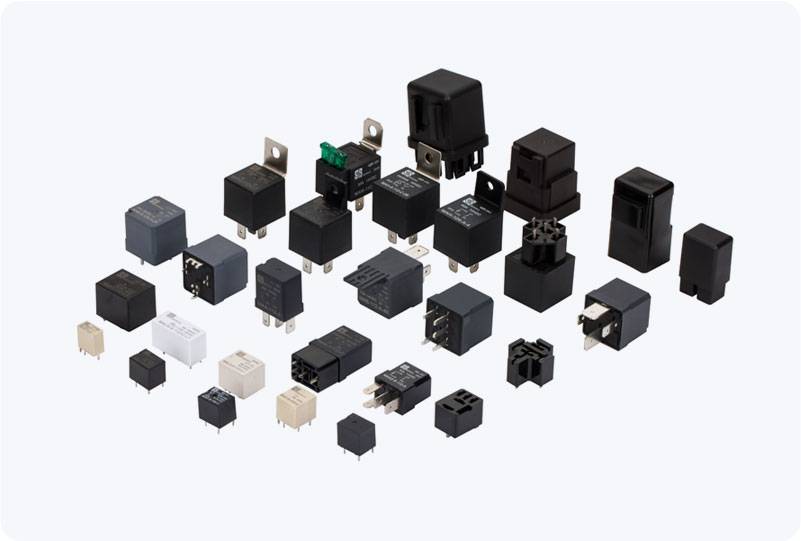understanding car relay types: a comprehensive guide
Release time:2025-10-17 03:03:53
Car relays are essential components in the automotive electrical system, functioning as switches that control the flow of electricity to various devices within the vehicle. They play a crucial role in enhancing the efficiency, reliability, and safety of automotive functions, ranging from lighting systems to engine management. Understanding the different car relay types can help both automotive technicians and car owners make informed decisions regarding repairs and upgrades. This article delves into the various types of car relays, their functions, and applications.

1. Electromagnetic Relays
The most common type of relay found in vehicles is the electromagnetic relay. This relay operates based on electromagnetic principles. When an electric current flows through the coil of the relay, it generates a magnetic field that attracts an armature, opening or closing a set of contacts. Electromagnetic relays are versatile and can control high-power circuits using a low-power signal, making them ideal for various automotive applications such as turning on headlights, fuel pumps, and other high-current devices.
2. Solid State Relays (SSR)
Solid-state relays have gained popularity due to their ability to operate without moving parts. SSRs use semiconductor devices to perform switching functions, providing quicker response times and greater durability compared to traditional electromagnetic relays. They have no mechanical wear and are less susceptible to shock and vibration, which is a significant advantage in automotive environments. SSRs are commonly used in applications where rapid switching is needed, such as in electronic lighting and modern vehicle control systems.

